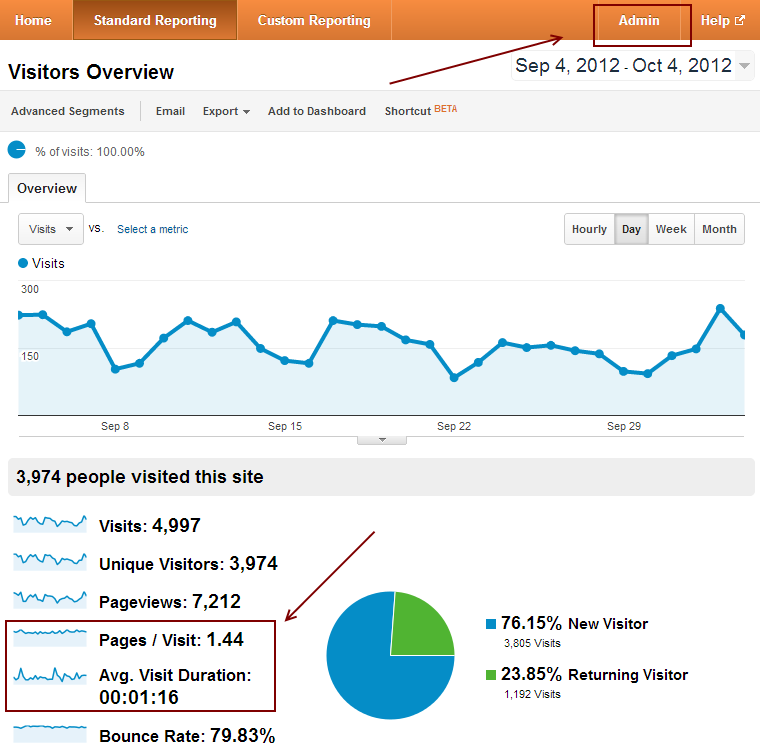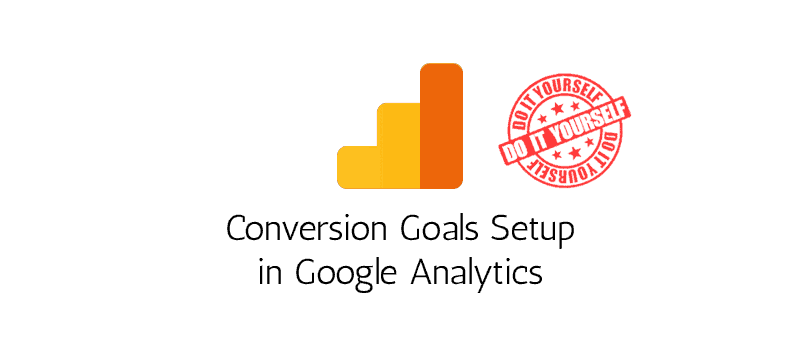What Data Is Google Analytics Goals Unable to Track and Why
What Data Is Google Analytics Goals Unable to Track and Why
Blog Article
Discover the Limitations of Google Analytics Goals: Introducing the Data Kind That Remain Untrackable
As companies increasingly rely on data-driven decision-making, comprehending the constraints of tools like Google Analytics ends up being extremely important. While Google Analytics Goals offer valuable insights right into individual interactions, there exist data types that avoid monitoring, positioning difficulties to a thorough understanding of user actions.
Incomplete User Journey Tracking
Insufficient customer trip monitoring within Google Analytics can impede the capacity to accurately examine individual actions. When the user trip is not totally tracked, there are gaps in the data that prevent a detailed understanding of exactly how individuals engage with a website. This absence of understanding can cause missed possibilities for optimization and improvements to the customer experience.
One common problem with insufficient customer journey tracking is the failure to see the full path that individuals take previously completing an objective or leaving the site. Without this info, it is challenging to identify where users may be coming across challenges or friction points that prevent them from transforming. Additionally, insufficient tracking can obscure the influence of particular advertising and marketing efforts or site changes on customer actions.
To address this limitation, it is critical to establish up appropriate tracking systems within Google Analytics to record the whole individual trip. This might include establishing occasion tracking, objective funnels, or utilizing devices like Google Tag Manager to guarantee that no important interactions go unrecorded. By gaining a comprehensive sight of the user trip, web site owners can make even more educated decisions to improve user involvement and drive conversions.
Attribution Obstacles
Browsing with acknowledgment challenges in Google Analytics calls for a detailed understanding of exactly how various touchpoints contribute to the overall conversion procedure. Acknowledgment difficulties arise from the intricacy of modern consumer journeys, where individuals connect with multiple channels prior to transforming. Google Analytics offers different acknowledgment models like very first touch, last touch, and linear, each supplying a different point of view on just how credit history is assigned to touchpoints along the conversion path. These models may not constantly properly mirror the true effect of each touchpoint on the conversion.
One common acknowledgment difficulty is the trouble in attributing conversions to the right resource, particularly in instances where individuals connect with several networks before transforming. Additionally, cross-device tracking presents one more acknowledgment difficulty, as users often change between gadgets throughout their trip, making it testing to track their interactions effortlessly.
Offline Conversions
Offered the challenges associated with connecting conversions accurately in online networks, the measurement of offline conversions provides a significant chance for marketing professionals seeking a much more extensive understanding of their consumers' journey. Offline conversions describe activities that consumers take in the physical globe, such as making purchases in brick-and-mortar stores or over the phone, attending events, or involving with published products - what data is google analytics goals unable to track. These conversions are essential for organizations that run both online and offline, as they supply valuable insights right into the read what he said performance of advertising and marketing projects throughout various touchpoints
Tracking offline conversions generally presented a considerable challenge for online marketers, as it was challenging to connect these actions back to specific on the internet communications properly. With advancements in technology, such as the assimilation of CRM systems, one-of-a-kind identifiers, and voucher codes, companies can currently link the void in between online and offline information to acquire a much more holistic sight of client actions. By effectively gauging offline conversions, marketing professionals can optimize their methods, allot resources much more successfully, and ultimately boost the general client experience.
Cross-Device Monitoring
Cross-device tracking plays an essential role in comprehending the interconnected nature of consumers' digital interactions throughout numerous gadgets. In today's omnichannel world, where users flawlessly switch in between tablet computers, desktops, and smartphones, tracking their habits across these gadgets is necessary for marketers to acquire a detailed view of their consumer journey.

Furthermore, privacy problems and regulations such as GDPR and CCPA have even more complicated cross-device monitoring. With individuals requiring more control over their data and raised limitations on monitoring innovations, marketing experts must discover ingenious and privacy-compliant means to attach individual interactions across tools.
Dynamic Web Content Interaction
Recognizing user interaction with dynamic content is crucial in enhancing digital advertising approaches for improved target market interaction. Dynamic content refers to web site components that transform based on user actions, choices, or various other aspects, supplying a customized experience. Nevertheless, tracking customer communications with vibrant web content postures difficulties for standard analytics devices like Google Analytics.
While Google Analytics can track basic communications like clicks and web page views, it may battle to catch even more nuanced involvements within dynamic web content. what data is google analytics goals unable to track. Metrics such as time spent on specific dynamic elements, hover actions, or interactions within pop-ups are often not easily measurable using standard tracking approaches. This constraint prevents marketing experts' ability to totally realize exactly how customers are involving with vibrant material and customize their approaches as necessary

Final Thought
Finally, Google Analytics goals have restrictions in tracking insufficient customer journeys, attributing conversions precisely, catching offline conversions, tracking cross-device communications, and measuring dynamic content interaction. These constraints highlight the significance of exploring additional tracking techniques and devices to get an extra extensive understanding of customer behavior and conversions past what Google Analytics can supply.
While Google Analytics Goals offer useful understandings into user interactions, there exist information kinds that thwart monitoring, posing obstacles to a detailed understanding of individual habits.Incomplete customer journey tracking within Google Analytics can prevent the capacity to precisely evaluate user actions. When the user journey is not totally tracked, there are spaces in the information that protect against a thorough understanding of just how individuals communicate with a site.One typical concern with incomplete user journey tracking is the failure to see the complete course that users take previously completing a goal or leaving the website. By getting a detailed sight of the individual trip, web site proprietors can make even more educated decisions to improve individual engagement and drive Read Full Report conversions.
Report this page